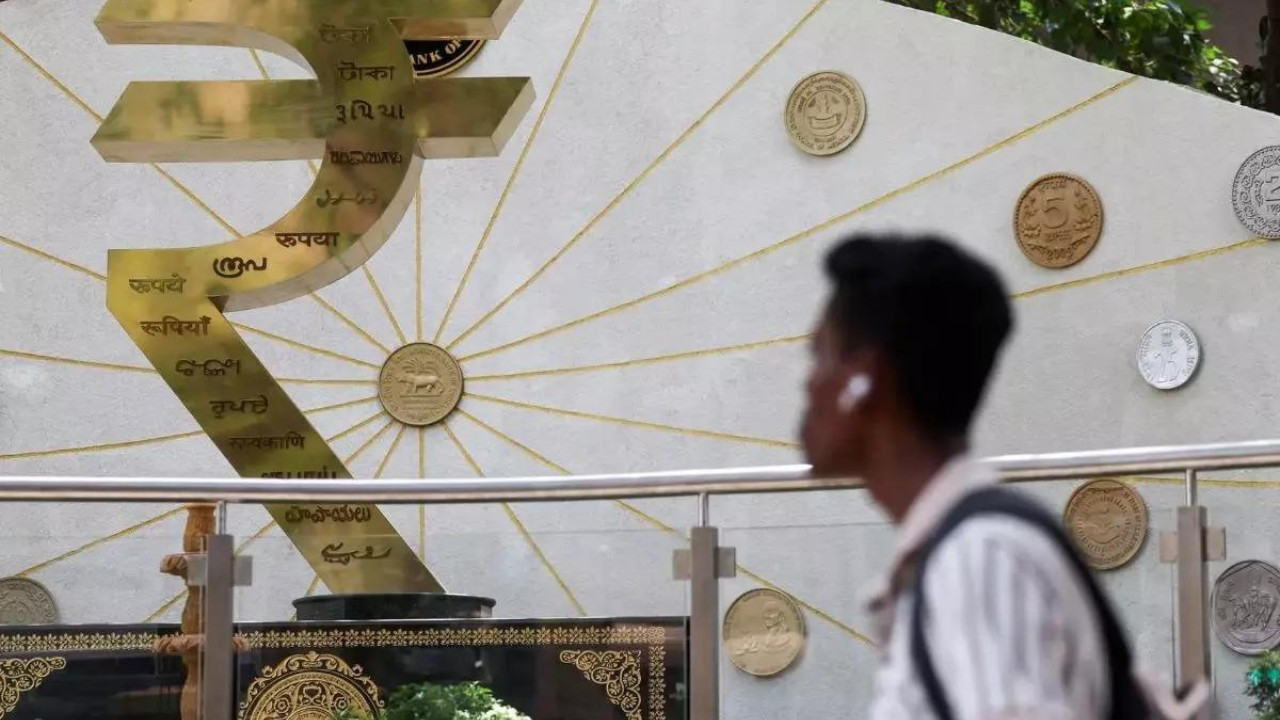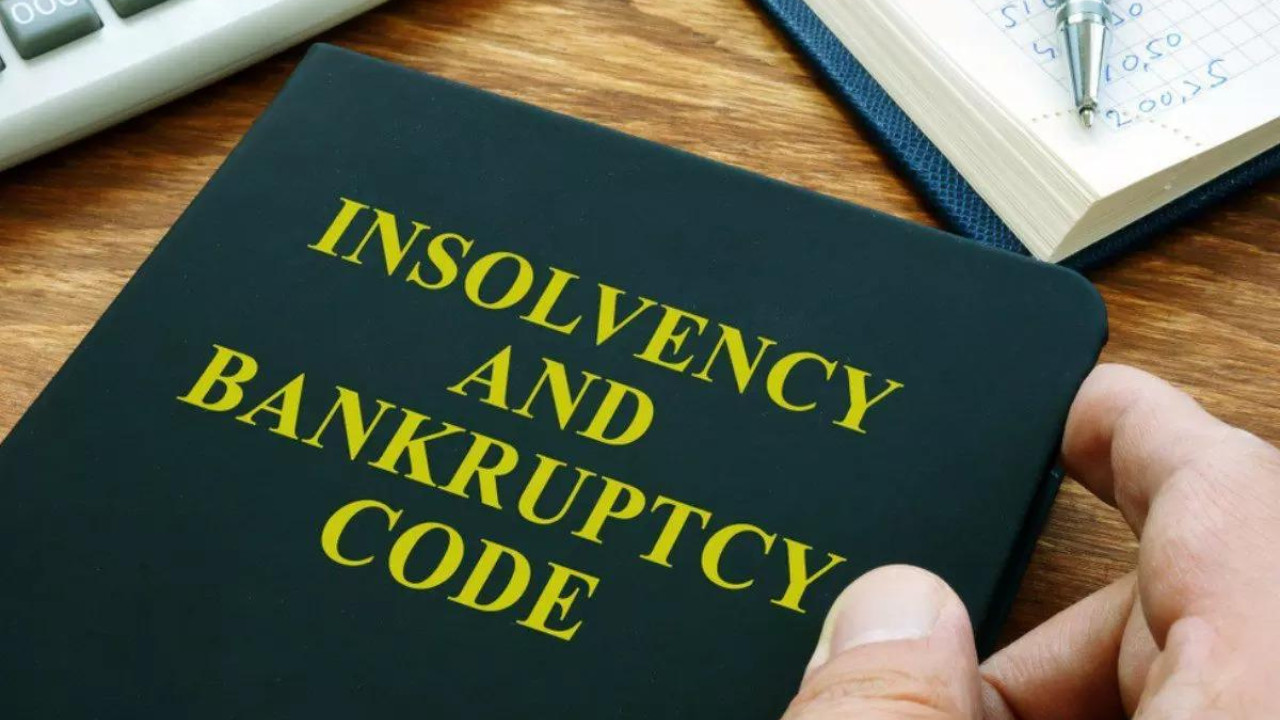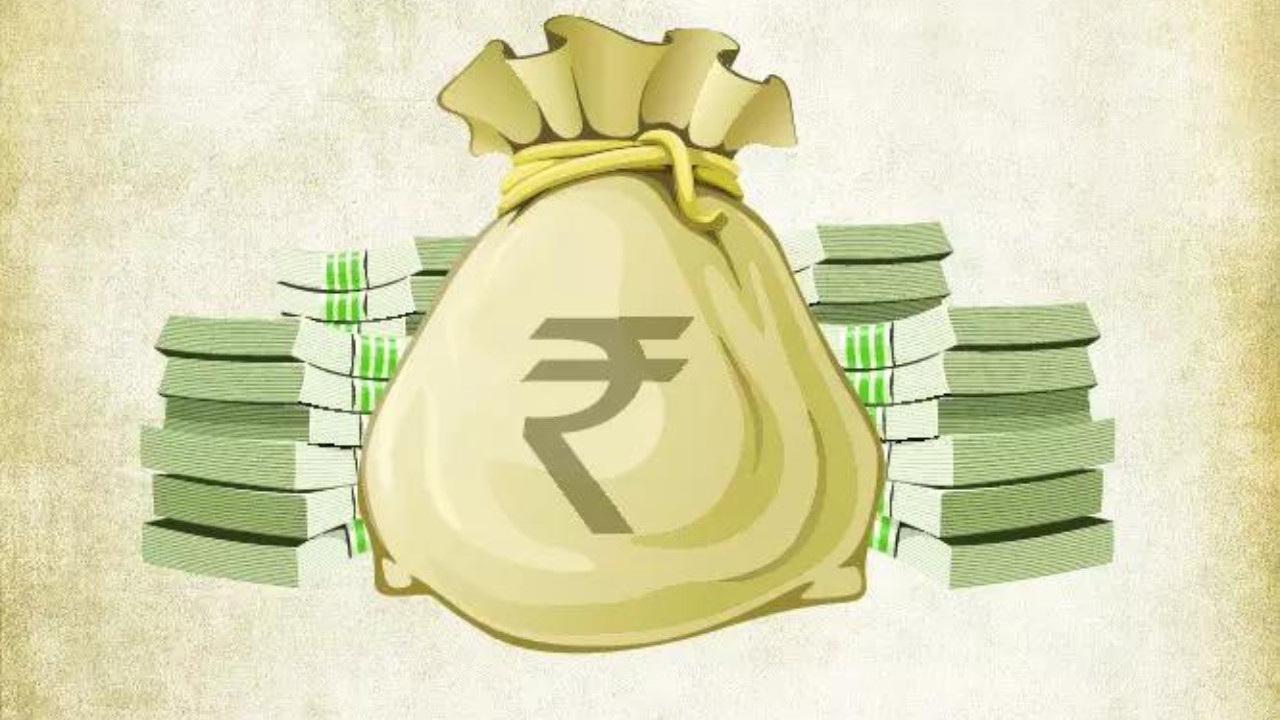The Indian rupee weakened to 86.34 against the US dollar due to rising crude oil prices and geopolitical tensions in the Middle East. A stronger dollar and subdued domestic equities further pressured the rupee. Despite bearish cues, foreign institutional investors were net buyers, purchasing equities worth Rs 1,482.77 crore.
The Rupee Wobbles: Are We All Feeling the Pinch?
Okay, let’s talk about the elephant in the room – or rather, the elephant in our wallets. The Indian Rupee. It’s been having a bit of a…moment. You might have noticed things feeling a little tighter lately, and a good chunk of that can be traced back to the Rupee’s recent dip against the US dollar. Yesterday, it took a tumble, shedding 30 paise to land at 86.34. Not exactly cause for celebration, is it?
Now, I’m no economist (though I’ve binge-watched my fair share of documentaries on the subject!), but I do understand that when the Rupee weakens, imported goods get pricier. Think about it: a weaker Rupee means we’re paying more for the same amount of dollars, and those dollars are what we use to buy a lot of things we need, from crude oil to fancy gadgets.
So, what’s behind this downward slide? Well, the finger is pointing in a couple of directions, and neither one is particularly cheerful.
First, let’s talk about oil. You know, that black gold that keeps our cars running and our factories humming? Its price is spiking. And when oil prices surge, India, which imports a hefty chunk of its oil needs, feels the heat immediately. We need more Rupees to buy the same amount of oil. Simple economics, right? But with seriously hefty implications.
What’s driving the oil price hike? Geopolitics, plain and simple. We’re living in a pretty turbulent world right now, and any hint of instability, especially in oil-producing regions, sends the market into a frenzy. The tremors of global conflicts are felt all the way down to your local petrol pump. You fill up your car and feel poorer; it’s a direct consequence.
The other factor at play seems to be the overall sentiment surrounding the Indian stock market. Traders are citing “weak equities” as another contributor to the Rupee’s woes. Now, I know the stock market can feel like a different universe, but it’s all interconnected. If investors are feeling jittery and selling off their shares, it can put downward pressure on the Rupee. It’s a complex dance of confidence and capital flow.
Essentially, when investors are losing faith in the Indian economy, or perceive a higher risk, they sell their Indian assets and buy dollars (considered a safer haven) which increases the demand for dollars and in effect devalues the Rupee.
The big question, of course, is: what does all this really mean for us, the average person? Well, unfortunately, it’s rarely good news. A weaker Rupee can trigger inflation, meaning the cost of everyday goods and services starts to creep up. Groceries, petrol, imported electronics – all potentially become more expensive.
On the flip side, a weaker Rupee could benefit exporters. Indian goods and services become cheaper for foreign buyers, potentially boosting export revenue. But even that silver lining can be tarnished if global demand is weak or if other factors, like trade barriers, come into play.
So, what’s the outlook? Predicting the future of currency markets is a notoriously tricky game, even for seasoned professionals. There are just so many variables at play: global economic conditions, government policies, investor sentiment, even unexpected events.
However, one thing’s for sure: the Reserve Bank of India (RBI) is watching the situation closely. They have a toolkit of measures they can use to try and stabilize the Rupee, from intervening in the currency market to adjusting interest rates. Will they need to pull out those tools? It’s hard to say.
Ultimately, the Rupee’s fate is tied to a complex web of global forces. While we can’t control those forces, understanding them is crucial. Staying informed about the factors that influence our economy helps us make better decisions, whether it’s how we spend our money, where we invest, or simply how we understand the world around us.
And remember, while market fluctuations can be unsettling, it’s important to keep things in perspective. Economies go through cycles, and periods of weakness are often followed by periods of growth. The key is to stay informed, be mindful of your spending, and have faith in the long-term resilience of the Indian economy. Hopefully, the Rupee will regain its footing soon, and we can all breathe a little easier. But until then, keep a close eye on those petrol prices! They’re a good indicator of how deeply this global game is affecting our daily lives.







